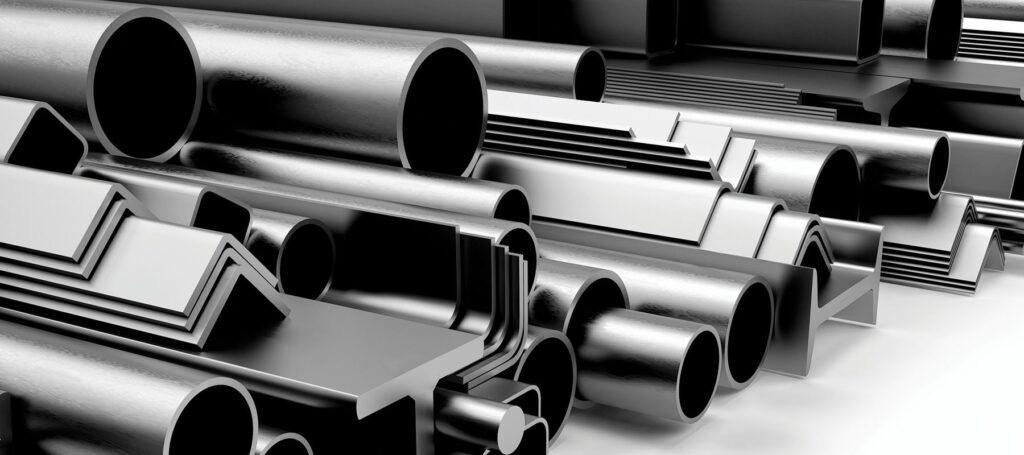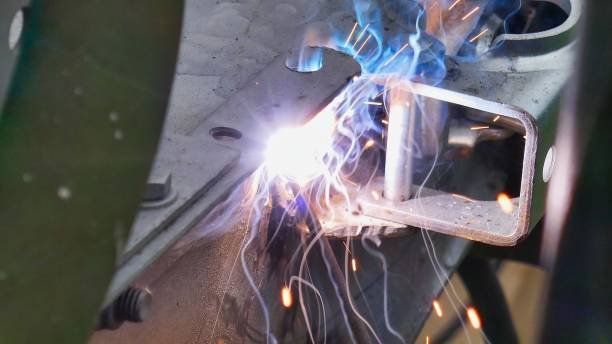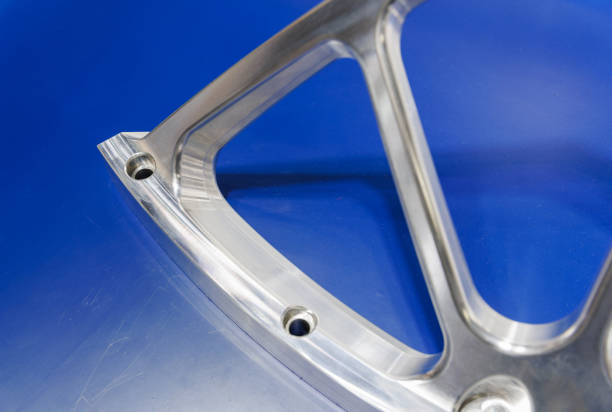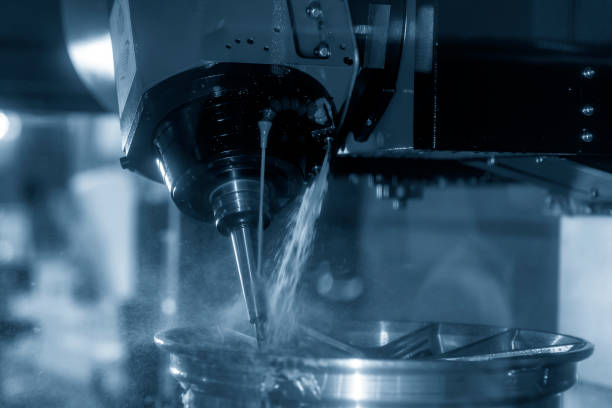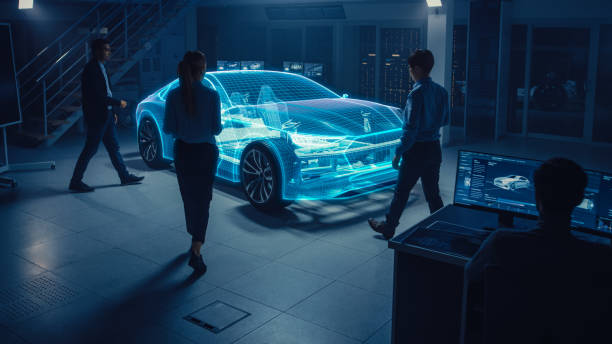As the automotive industry strives to improve fuel efficiency and reduce emissions, the use of lightweight materials has become increasingly important. Among these materials, magnesium stands out due to its exceptional properties and benefits. This article explores the role of magnesium in automotive light weighting, highlighting its applications, advantages, and future potential.
Why Magnesium?
Magnesium is the lightest structural metal, approximately 75% lighter than steel and 33% lighter than aluminum. This significant weight reduction translates to improved fuel efficiency and lower emissions, making it an attractive option for automakers. Additionally, magnesium boasts an excellent strength-to-weight ratio, high impact resistance, and superior dimensional stability, making it suitable for various automotive components.
Applications in the Automotive Industry
Magnesium is used in a wide range of automotive applications, from engine components to body panels. One of its most notable uses is in the production of transmission cases and engine blocks, where its lightweight nature significantly reduces the overall weight of the vehicle. Moreover, magnesium alloys are increasingly being used in the construction of steering wheels, seat frames, and even wheels, further contributing to weight reduction and performance enhancement.
Advantages of Magnesium in Automotive Light weighting
- Enhanced Fuel Efficiency: By reducing the weight of the vehicle, magnesium helps improve fuel economy, which is crucial in meeting stringent emissions regulations.
- Improved Performance: Lighter vehicles benefit from better acceleration, handling, and braking, resulting in an overall improved driving experience.
- Durability and Strength: Despite its lightweight nature, magnesium offers high strength and durability, ensuring the longevity of automotive components.
- Corrosion Resistance: Modern magnesium alloys are designed to be corrosion-resistant, making them suitable for various environmental conditions.
Challenges and Future Prospects
While magnesium presents numerous advantages, its widespread adoption in the automotive industry faces some challenges. These include the high cost of raw materials and manufacturing processes, as well as concerns regarding their flammability. However, ongoing research and development is focused on addressing these issues and finding cost-effective solutions to enhance the feasibility of magnesium in automotive applications.
Looking ahead, the future of magnesium in automotive light weighting appears promising. With advancements in alloy technology and manufacturing techniques, the use of magnesium is expected to expand, contributing to the development of more efficient and eco-friendly vehicles.
Conclusion
Magnesium plays a crucial role in the pursuit of automotive light weighting, offering significant benefits in terms of weight reduction, fuel efficiency, and performance. As the automotive industry continues to evolve, the importance of magnesium is likely to grow, paving the way for innovative and sustainable vehicle designs.


